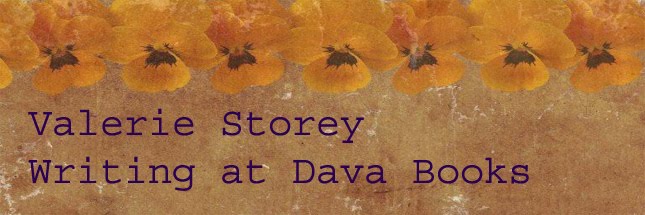I don't usually write movie reviews--in fact, I don't think I've ever written a single one, but I couldn't resist blogging about how much I enjoyed watching "Bride and Prejudice" two weekends back.
Made in 2004 and directed by Gurinder Chadhu of "Bend it Like Beckham" fame, the movie was one I've wanted to see for some time but never seemed to get around to it. Recently, however, I've been on a bit of a Jane Austen tangent, so when I was at the library the other day and saw the film on the DVD shelf, I knew it was the right time for a little fairy tale fantasy.
It turned out to be a serendipitous choice--I absolutely LOVED this movie. For those of you who haven't seen it, it's a modern-day version of Pride and Prejudice set in rural India. Aishwarya Rai (aka "the most beautiful woman in the world") and Martin Henderson play the parts of Lalita Bakshi and Will Darcy, or as we might recognize them from the original Austen text: Elizabeth Bennet and Mr. Fitzwilliam Darcy.
Moving the story up a few centuries and taking it from the English countryside to Amritsar was an incredibly clever interpretation of a much beloved classic. The Bakshi family was the perfect remake of the Bennets; Will and Lalita were just as conflict-ridden as their original counterparts; and the chemistry between all the characters--including Jaya (Jane) and Mr. Balraj (Bingley) was almost better than the book!
I've always been a big fan of Bollywood: lots of bling, embroidered silk veils and saris, singing and dancing for no reason whatsoever, dreamy couples who seem to have all the money and time they need to fly around the world to gaze wistfully at sunsets and each other, and of course the 3-hankie happily-ever-after ending. Bollywood is the ultimate escapist, love-conquers-all movie moment. "Bride and Prejudice" was no exception.
Which got me thinking about what makes a great romance book or movie. And this is what I've come up with: two strong, intelligent characters overcome their very real differences so they can learn to work together. Yep, it's all about work. Kissing is the easy part. Getting to the altar takes courage. And a lot of singing and dancing.
I've always thought Pride and Prejudice is essentially a story about marriage. The relationship between the parents--the Bennets in Pride, and the Bakshis in Bride--truly intrigues me. Mismatched on the surface but made for each other; their bond is what has made Jaya and Lalita the heroines they are. My favorite line from "Bride and Prejudice" is when a distraught Mrs. Bakshi is scolding her daughters on being so concerned about marrying for love. She turns and points to a sheepish-looking Mr. Bakshi. "Where was love in the beginning?" she chides. Where indeed? And yet here she is, with four pretty girls, a home of her own, and a husband who obviously cares for her. Awww. As the girls sing after dinner with the endearingly awful Mr. Kholi: "No Life Without Wife!"
Tip of the Day: Watch this movie! Afterward you might like to think about your other favorite romantic films or books. What makes for good chemistry between the characters? Anything you want to change in your own writing? And now it's time for some more singing:







